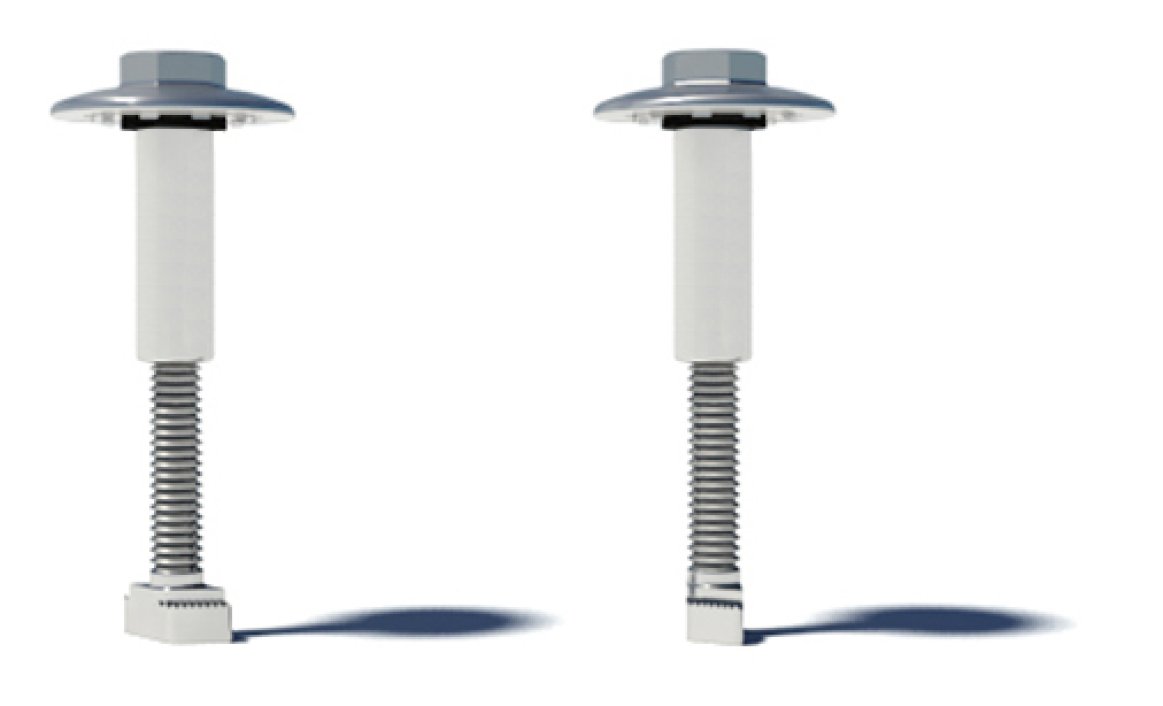
With so many solar mounting products available today, it is hard to know which one is the best fit for your solar application. Clamps, the racking component used to fasten and ground modules to rails, are an integral component of a racking system. Knowing what to look for in a clamp is a great place to start when vetting racking solutions. Ideally, solar module clamps should be versatile, high quality, aesthetically pleasing, and ultimately save you time on the roof.
Versatile solar module clamps are important because they allow for streamlined purchasing and ensure that you always have the right materials in stock. With framed modules ranging from 30 to 50 millimeters in height, a clamp that can accommodate any height means that you only have to worry about stocking one part, regardless of the modules that you install. With module prices dropping the way that they are, this small simplicity will allow you to opportunistically shift your module purchasing strategy without having to worry about changing what racking you stock. Going one step further, the most versatile clamps will be both module height agnostic and double as a mid and end clamp. Having both of these features reduces sku count and increases simplicity.
The quality of the clamp needs to be considered because racking systems are responsible for the structural integrity of solar systems that will be around for over twenty years. Some factors to consider are code compliance and certifications, the amount and quality of testing that has been done and the warranty provided by the manufacturer. A clamp needs to be UL 2703 listed, which is a UL Standard that ensures racking systems are in compliance with UL 1703 and the National Electric Code. To be UL Listed, a racking company needs to pass electrical, mechanical and fire testing. When choosing a clamp, it is key that the clamp is s UL listed rather than just UL Classified or UL Recognized. UL Classified systems have only passed a portion of the required testing and UL Recognized means that a component of the racking system has only passed a portion of the required testing. Be sure to also check whether testing was done in-house or by a third party. Warranty is important because it shows the level of confidence a manufacturer has in its product and gives the installer and homeowner assurance that if something goes wrong beyond workmanship, the manufacturer will support them and take responsibility. The industry standard for a racking product warranty is 20 years.
Aesthetics of a clamp should be considered because sleek looking systems will increase the adoption of residential solar. Solar is environmentally friendly, economically sound and if we can continue to make it more attractive, the adoption rate of residential solar will also continue to grow. For a clamp, more attractive means having multiple finish options and a hidden end clamp. Matching the color of the clamp to the color of the module frame will give the system a cleaner look. A hidden end clamp eliminates protruding rails, helping rail-based systems rival the aesthetics of railless while remaining more cost effective.
Out of all of the considerations, labor savings ranks the highest. Purchasing a clamp that is pre-assembled with a low part count and integrated grounding can save you tons of time. Historically, separate bonding washers were required per clamp to ensure a secure electrical bond. Now, almost all of the top racking brands have integrating grounding, where modules are bonded directly to the rail through teeth on the clamps that bite into the module’s anodized coating. This eliminates components, reduces cost, and results in significant labor savings. Additionally, choosing a clamp that is able to stand alone in the rail channel will increase ease-of-install and turn a two-person job into a one person job. Some brands accomplish this through single pre-assembled pieces that have a robust enough end to stand alone while others use spring loaded clamps. Another consideration is whether the mid clamp has a t-bolt or square bolt end. Square bolts need to be run through the rail prior to installation, whereas t-bolts can be inserted into the rail at any point.
Lastly, some racking brands have gone one step further and made sure that all hardware is the same size, allowing for a one-tool installation.
Looking for these key features will ultimately save you time and money and allow for a smoother installation process. With the solar industry maturing, we should continue to see product improvements that make clamps, along with the entire racking structure, more competitive and easier to install.
